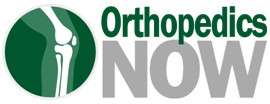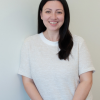Premier - Local Orthopaedic Surgeon
-
Rotator Cuff Tear
A rotator cuff tear is a common cause of pain and disability among adults. A torn rotator cuff will weaken your shoulder. This means that many daily activities, like combing your hair or getting dressed, may become painful and difficult to do.
-
Loading the player...
Symptoms of Rotator Cuff Tendon Tears? <p>Dr. Patrick Chin, MD, MBA, FRCSC, Orthopedic Surgeon, discusses rotator cuff tendon tears.</p>Dr. Patrick Chin, MD, MBA, FRCSC, Orthopedic Surgeon, discusses rotator cuff tendon tears.
-
Symptoms of Rotator Cuff Tendon Tears
Rotator cuff tendon complex is comprised of four main tendons.
The one tendon upfront is called the subscapularis tendon and then there are two tendons up top called the supraspinatus and the infraspinatus tendon. The fourth tendon is on the back and called the teres minor.
So as you can see, the main symptom for these patients when they present is usually pain and if the tear is larger in size, subsequently patients will also experience weakness.








